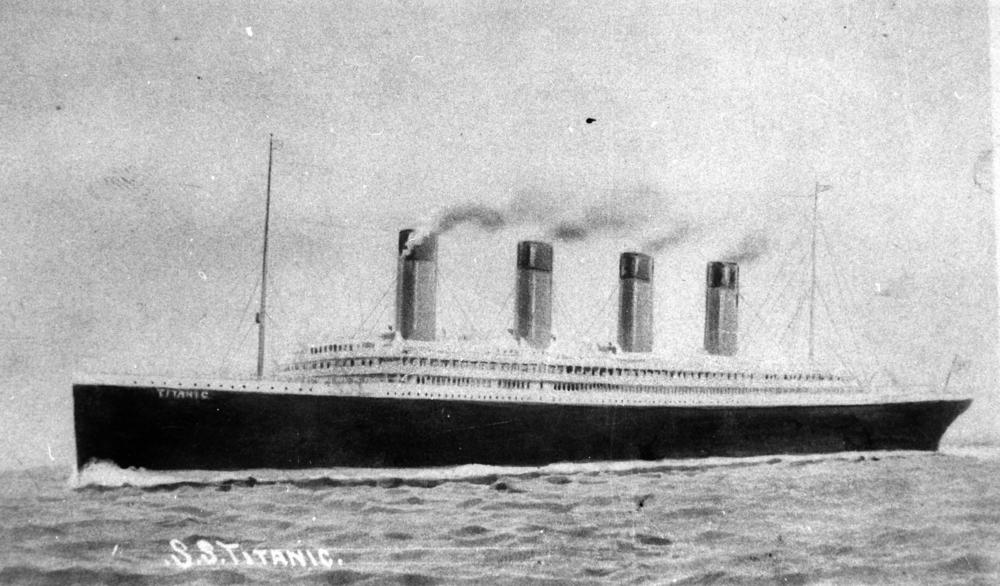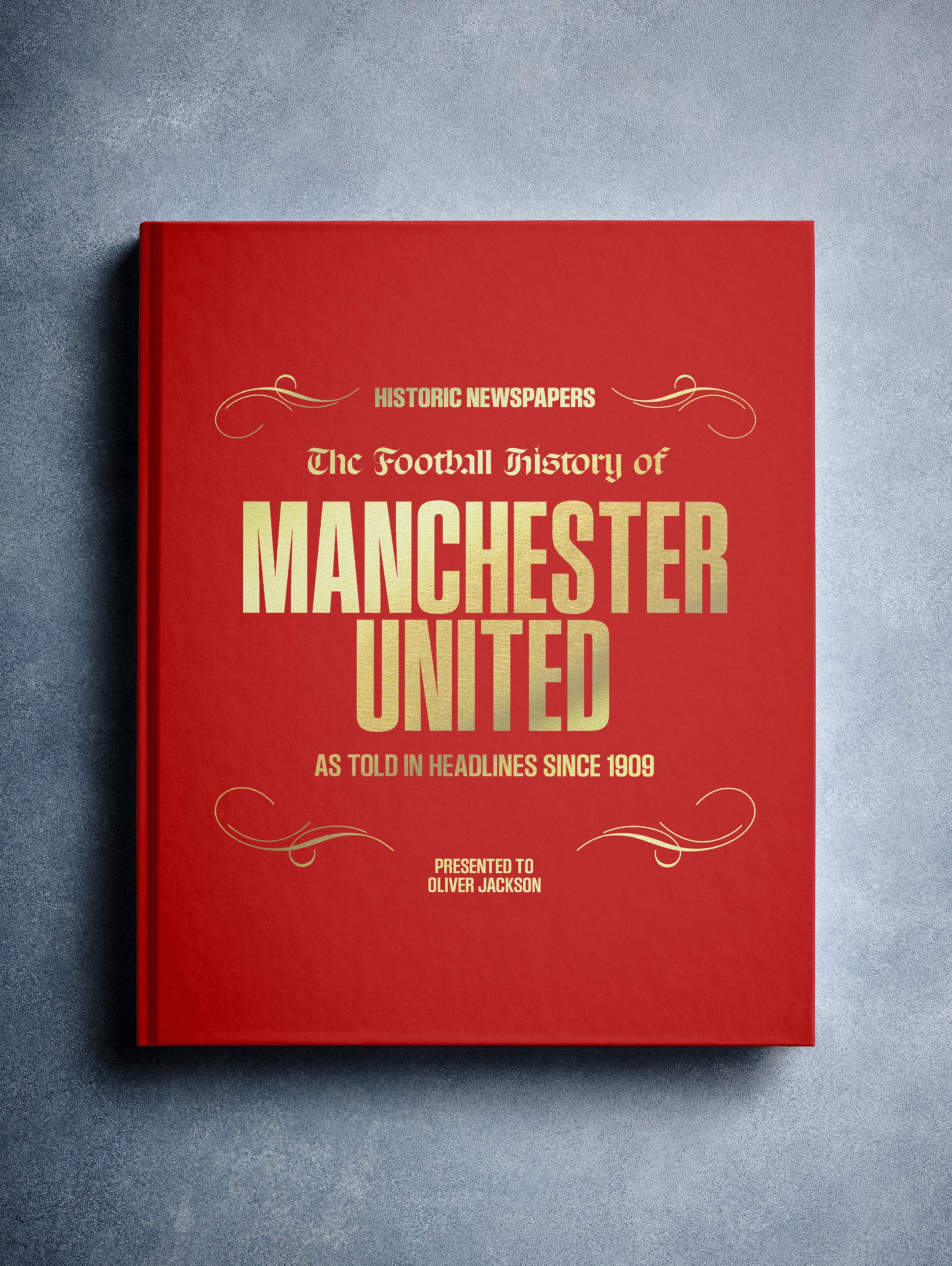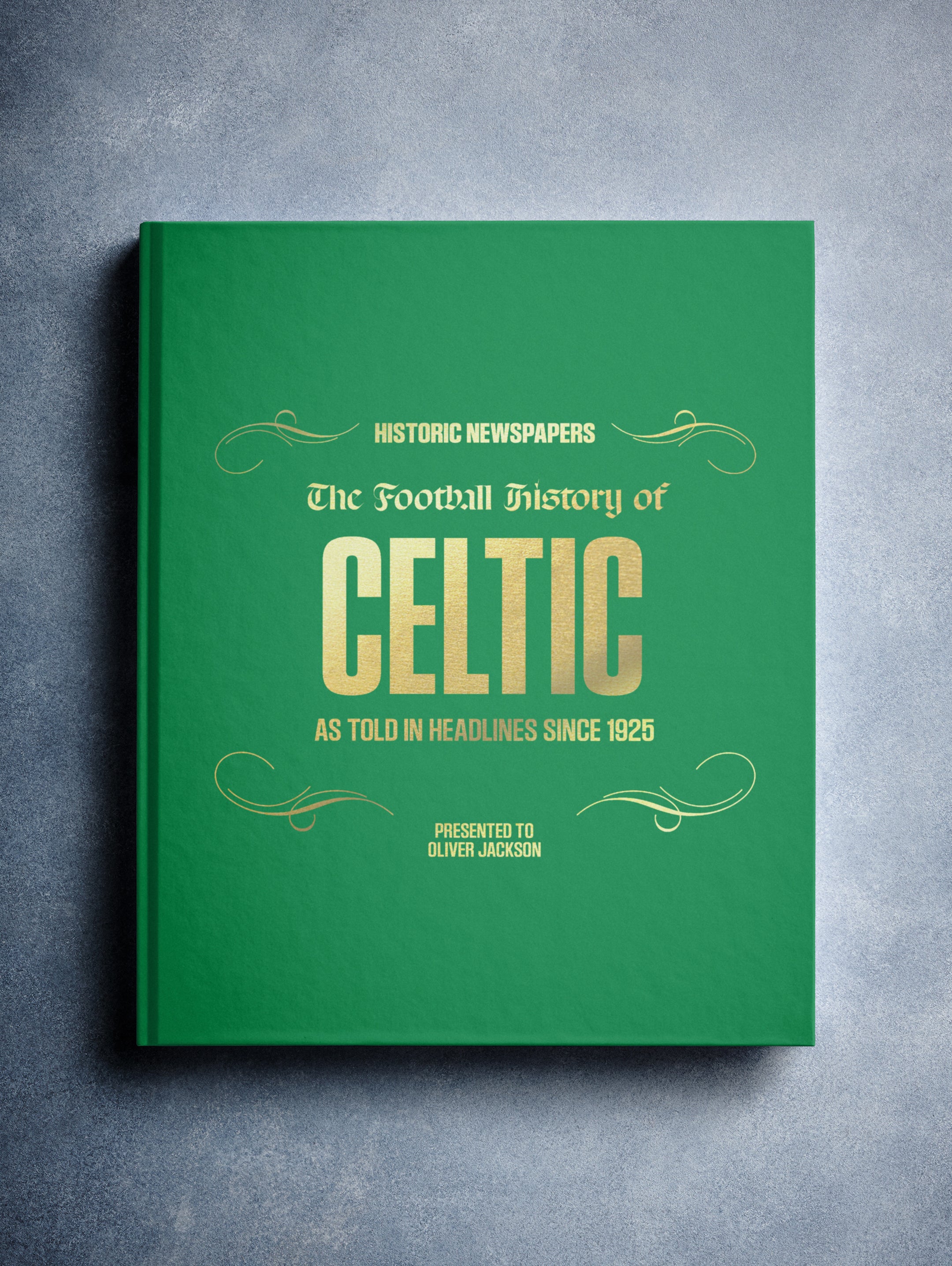Under a moonless sky in the North Atlantic, the largest ship in the world disappeared beneath the waves in the early hours of April 15, 1912.
Built to be unsinkable, the RMS Titanic was a marvel of engineering, and a monument to human ambition. But as icy water filled her hull and passengers clung to lifeboats under starlight, a tragedy of unimaginable scale unfolded.
In the days that followed, the world learned the shocking truth through newspaper headlines: the pride of the White Star Line had perished on her maiden voyage.
TIMELINE
April 10, 1912: A Grand Departure
The Titanic left Southampton, England, to great fanfare. On board were over 2,200 people; from millionaires like John Jacob Astor IV to third-class emigrants hoping for a new life in America. The ship was hailed in the press as a “floating palace,” with unmatched luxury and the latest in safety technology.
April 14, 1912: Warnings Ignored
As the Titanic cruised through the frigid North Atlantic, she received multiple ice warnings via wireless telegraph. Yet she pressed on at high speed. That night, at 11:40 p.m. a lookout spotted an iceberg dead ahead. The ship turned … but not fast enough.
The starboard side was ripped open below the waterline. Freezing seawater came surging in, filling the lower decks within minutes.
April 15, 1912: The Unthinkable Happens
By 2:20 a.m., the ship had broken in two and slipped beneath the sea. More than 1,500 people lost their lives that night, and for many, their bodies were never found.
Lifeboats were lowered with only a handful of people aboard. Panic, poor coordination, and disbelief that the ship could actually sink all played a role. And even if every boat had been filled to capacity, there still wouldn’t have been enough for everyone on board.
In this colorized photograph, Ned Parfett, best known as the “Titanic paperboy”, stands outside the White Star Line offices in London holding a newspaper banner advertisement about the disaster, April 16, 1912.
THE PRESS
AT THE TIME
The morning of April 15 brought confusion. Early editions of UK newspapers declared all passengers safe.
The Daily Mail reported, “Titanic Collision – No Lives Lost.” But within 24 hours, the truth emerged: it was one of the deadliest peacetime disasters in maritime history. In the US, the New York Times led the charge with its April 16 edition:
In the US, the New York Times led the charge with its April 16 edition:
“Titanic Sinks Four Hours After Hitting Iceberg; 866 Rescued by Carpathia, Probably 1,250 Perish.”
LEGACY
The Titanic left an imprint on the 20th century like few other events. It spurred major changes in maritime law: lifeboats for all passengers, 24-hour radio watches, and ice patrols.
But beyond regulations, the Titanic has become a symbol of human error, hubris, bravery, and loss. Today, the Titanic is more than a historical event, it’s a lasting symbol. Its story endures in public memory, cultural retellings, and ongoing fascination with the ship’s fate.
EXPLORE THE FULL STORY IN OUR TITANIC BOOK
Step back to 1912 and follow the tragedy through the headlines that broke it.
This beautifully bound collection captures the shock, the sorrow, and the unfolding story, just as the world read it over a century ago.



























Follow us